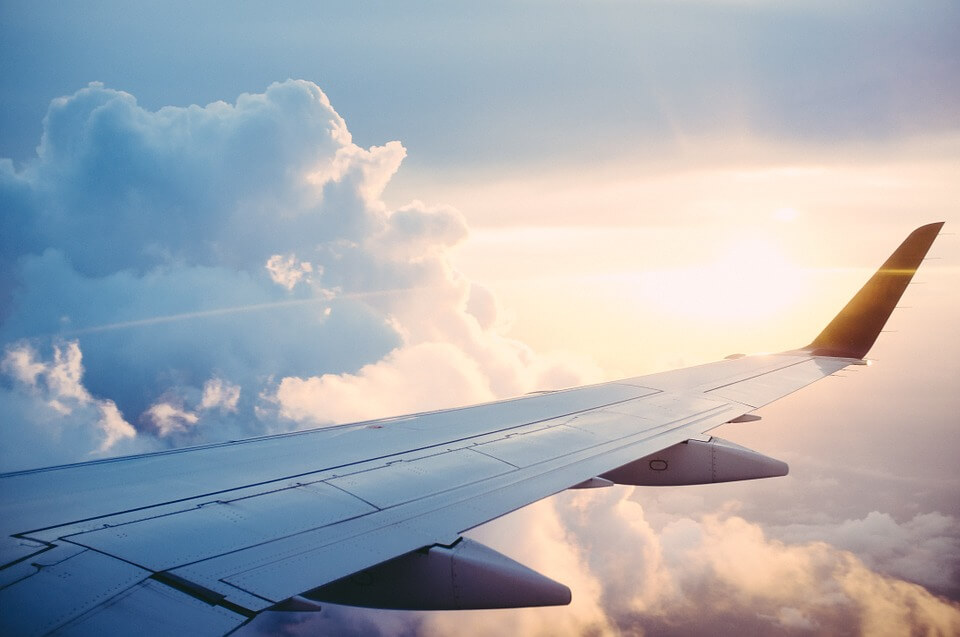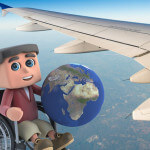Unless you are a wheelchair user, the notion of dealing with what comes along with long-haul flights means many don’t realise just how tricky it can be difficult to manage, although that shouldn’t dampen users from flying.
Get off the flight, and you’ll be back to regular life, wondering why you don’t fly more often because nothing should stop you living your life the way you want to. But, to make it as simple as possible, the best thing to do, is clue yourself up on how to manage long-haul flights before you embark on them.
Here are some things for you to ‘take on board’…
Have you requested special assistance?
You will always have to book special assistance a minimum of 48 hours in advance of your flight, so make sure you do so to avoid disruption and unwanted stress.
You might need assistance when going through security and into the departure lounge, an escort from check-in, boarding gate help, or some kind of aid getting onto the plane and to your seat.
Ask the airline if they have any specially-equipped lift and/or bulkhead seats on the plane that will give you some welcome extra legroom while also being useful during the transfer into your allotted seat on the aircraft.
When you book your flight, the airline should assign a suitable seat for your needs for no extra charge and these seats typically feature movable armrests that facilitate more seamless transferring from seat to seat.
It’s well worth taking the time to double check the suitability of your allocated seats.
How can you help yourself sleep on the flight?
If you want to maximise the chance of you effectively falling asleep during your flight and then staying asleep once you drift off, then think about what can help make this happen, including:
Eye masks: An indisputably awesome addition to help you enjoy some time in the Land of Nod on your flight! Not just good for helping you sleep during daytime travels, they can also help block out light at any time, particularly the cabin lights, to provide you with a perfectly blacked-out space to rest in.
Travel pillow: Another great travel accessory to aid better sleep is a travel pillow. There are plenty of options on the type of pillow to fit your specifications, so you can benefit from a travel pillow and relax in comfort with your neck in a good position while you’re asleep.
A blanket: Some flight companies won’t have blankets available, or they won’t be of a standard that you need, so why not just take one you know will keep you cosy when the temperature falls?
Earplugs: These little beauties will act to effectually block out all the noises on the plane that’ll stop you from reaching dreamland. You can also try using noise-cancelling headphones instead if you wanted to fall asleep listening to some music.
Have you packed travel socks?
There was a lot of talk about the significance of travel socks onboard flights to avoid the onset of DVT (Deep Vein Thrombosis) , and this is especially noteworthy during long-haul flights.
Travel socks work by allowing increased blood flow which stops the build-up of fluid that can occur in your legs and ankles. If you have someone travelling with you, they can help you to move your legs with some gentle leg and ankle stretches to help alleviate any DVT issues. If you’re alone, and you feel comfortable to do so, you might want to ask a flight attendant for a hand.
Have you packed your own cushion?
Having your own personal wheelchair cushion to hand on the aircraft can prevent comfortability that plane seats tend to cause. The good thing about having your own seat is that you can also help to avoid problems surrounding painful pressure sores too.
Make sure you’ve packed the right carry-on luggage
As you will no doubt know, when you travel with a disability, you can feel as though you’ve got 1000 more items to think about packing than everyone else! You’re more likely to need some essentials that people without disabilities won’t, but you need them, so make sure you pack them.
Ensure you have taken the time to do some planning on what items you’re putting in your carry-on luggage; meds, for example. Again, as you’ll no doubt know, there’s not typically much space on flights for your belongings, so pack everything so that you know exactly where it is with ease, to prevent stress-inducing searches for that one elusive item.
Hopefully, these straightforward tips for making long-haul flights as a wheelchair user easier will come in handy on your next flight.
Bon voyage!







